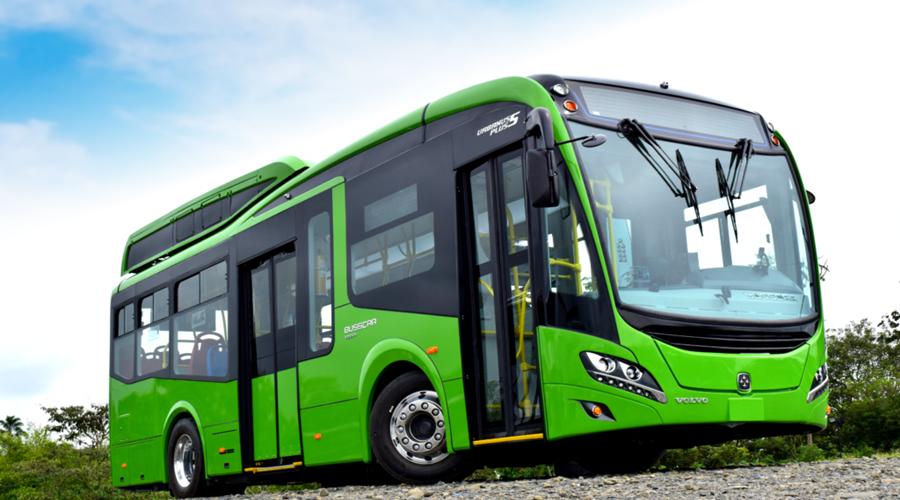Analyses of Total Cost of Ownership (TCO) by the International Council on Clean Transportation (ICCT) confirm that electric buses in Colombia have reached financial parity with combustion vehicles, with reductions exceeding 10% in operating costs.
This saving is mainly due to energy efficiency and a significant decrease in maintenance expenses, which in turn increases reliability and adherence to operational plans.
“Depending on the size of the vehicle evaluated, TCO reductions of even more than 10% can be observed when using electric technology. Thanks to the reduction in energy and maintenance costs, and the relevant increase in operational reliability that reduces penalties and improves compliance with scheduled operation plans,” they detail.
The TCO, which integrates both the initial investment and costs associated with operation (fuel, maintenance, and others), is the key metric to evaluate the economic viability of transport technologies.
The main driver of this saving is energy efficiency: the electricity used for charging is considerably cheaper than fossil fuels, especially when accessing special tariffs or taking advantage of renewable sources.
Additionally, electric buses require less maintenance due to their lower mechanical complexity, the absence of combustion systems, and less wear on components such as brakes, thanks to energy recovery during braking.
This reduces the frequency and duration of stops for repairs, increasing operational availability.
Another key factor is the greater reliability offered by electric technology, reflected in a reduction of technical failures.
This decreases the risk of contractual breaches and penalties, facilitating more efficient and stable planning.
In public transport, where punctuality and coverage are fundamental for service quality, this reliability becomes a strategic value for operators and users.
Colombia leads the region by demonstrating this economic competitiveness through real projects and detailed analyses.
The results show that, beyond fiscal incentives or subsidies, electromobility is a viable and profitable alternative for urban fleets.
Similar situations are seen in Chile, Mexico, and Brazil, where the expansion of electric fleets and improvements in charging infrastructure consolidate economic and environmental benefits.
These advances position electric mobility as a fundamental pillar in the transition towards sustainable transport systems in Latin America.
How does Colombia manage battery recycling for electric buses?
Unlike other countries in the region, which prioritise adopting electric bus fleets without addressing the subsequent impacts of their life cycle, Colombia already applies legislation that establishes clear responsibilities for manufacturers, importers, and operators regarding the final disposal of lithium-ion batteries.
According to Oscar Delgado, member of the International Council on Clean Transportation (ICCT), Colombian regulations establish conditions to guarantee traceability, recovery, and recycling of critical components.
“The new materials and battery developments allow us to predict that their recyclability is guaranteed and the circularity chain is regulated by responsibility and electronic waste management regulations, developed in Law 1672 of 2013 and its National Decree 284 of 2018,” he details.
Law 1672 of 2013 establishes general guidelines for the comprehensive management of waste from electrical and electronic equipment (WEEE) in Colombia.
Among the products covered by this law are batteries, both from domestic equipment and industrial and mobility applications.
Decree 284 of 2018 complements this regulation by establishing the technical and operational framework for implementing the Electrical and Electronic Equipment Waste Management System.
This system requires producers to implement management, collection, and final disposal plans that comply with environmental and technical criteria established by the Ministry of Environment.
This regulation means that any company marketing batteries or equipment containing them must register its activity, present a management plan, and assume the costs related to disposal and recycling.







